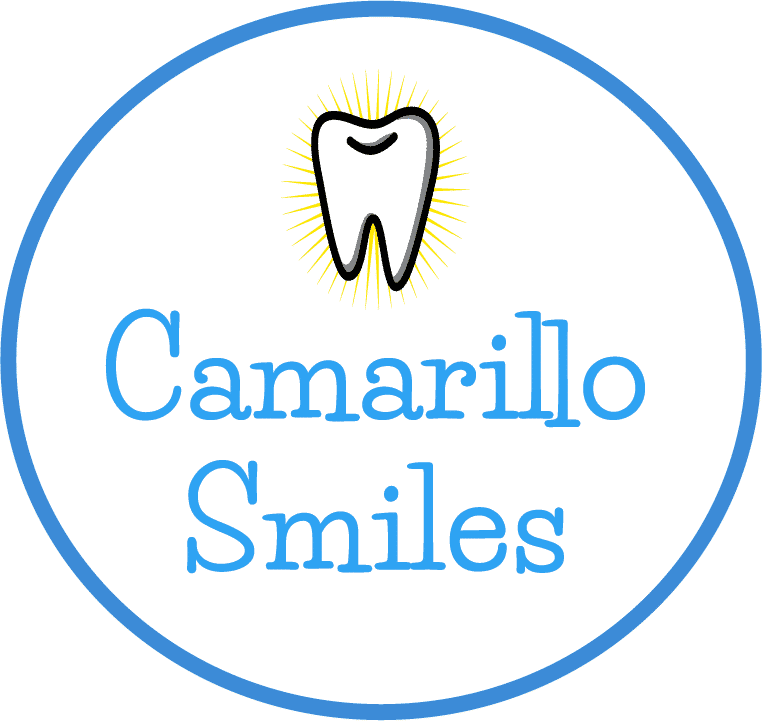All About Periodontal Therapy
What is Periodontal Therapy?
Periodontal therapy involves the removal of the irritants and bacterial deposits (plaque and tartar) that have accumulated above and below the gum line in the periodontal pockets. The bacteria get together to form a biofilm that needs to be disrupted in order to promote healing and to help prevent bone loss and inflammation.
One of the goals of periodontal treatment is to arrest and control the progression of the bacteria that cause periodontal disease. As the bacteria infect the gum tissues, they release toxic substances that trigger the breakdown of gum and bone. The gum then separates from the teeth, forming a gap that is called a periodontal pocket. These spaces are inaccessible to daily oral hygiene techniques. Bacteria settle in these pockets and continue to accumulate and reproduce, creating further gum and bone destruction.

Inflamed gums in need of Periodontal Therapy.
What are the goals of Periodontal Therapy?
Inflammation Reduction. Our body reacts to the plaque and tartar around our teeth by creating a response to it that kills the bacteria but also hurts the bone and even our arteries.
Pocket reduction. The depth of the pockets around the teeth will decrease when the irritants are removed. These shallower pockets will be easier to maintain with your home care.
Bleeding and sensitivity reduction. Infected gums bleed and are sensitive. We can assess the effectiveness of our efforts by these two symptoms.
Bad bacteria reduction. Our mouth has over 600 strains of bacteria, most which are good bacteria. The bad ones tend to live deep in our pockets. Those are the ones we go after.
How many visits will it take for the Periodontal Therapy?
Most of the time, periodontal therapy is done in two to four visits. For patient comfort, the gums can be numbed using a local anesthetic. One-quarter of the mouth is usually treated at the time and treatment of each quarter can take 45 minutes to an hour (three to four hours for the entire mouth). Most patients report minimal discomfort.
What can I do to help after treatment?
During scaling and root planing appointments, the hygienist will review oral hygiene techniques that are aimed at improving the person’s ability to control plaque and to help avoid bacteria from reinfecting the pockets. Patients also will receive advice on the modification of certain risk factors associated with periodontal disease.
In some circumstances, the hygienist may recommend the use of adjunctive products. To be effective, antimicrobial products such as Closys may be recommended to be used in combination with the periodontal therapy. Periostat is also a product that can be used as an adjunct to periodontal therapy in order to impede further tissue breakdown and promote healing.Back to Dental Services | Back to Gum Treatments
Our Location
Our Location
Camarillo Smiles
92 Palm Drive
Camarillo, CA 93010
Our Hours
| MON | 7:00am - 8:00pm |
| TUES | 7:00am - 8:00pm |
| WED | 7:00am - 8:00pm |
| THUR | 7:00am - 8:00pm |
| FRI | 7:00am - 5:00pm |
| SAT | 8:00am - 1:00pm |
Call us 805-388-5700
Email: info@CamarilloSmiles.com
Ask Us Anything
